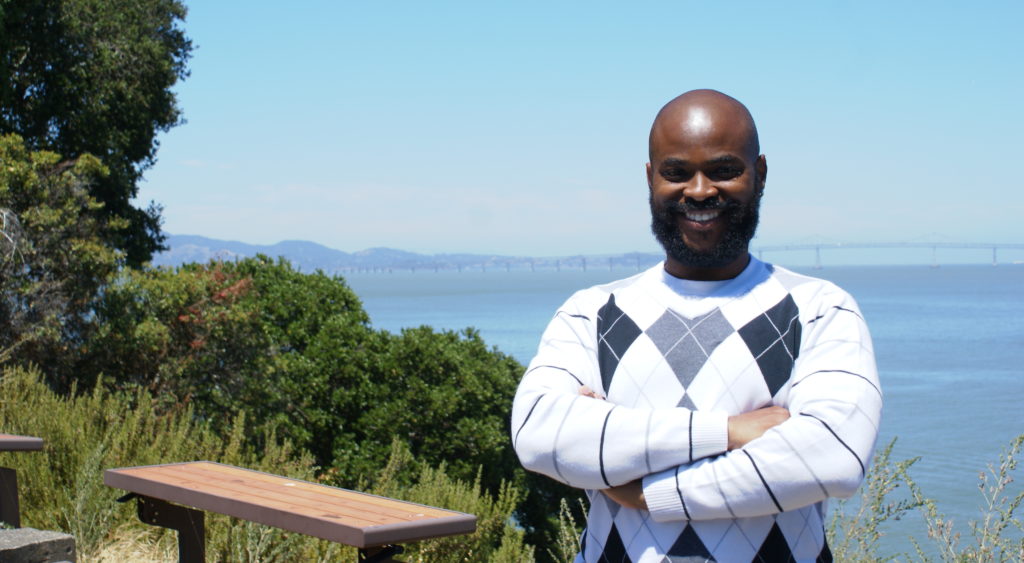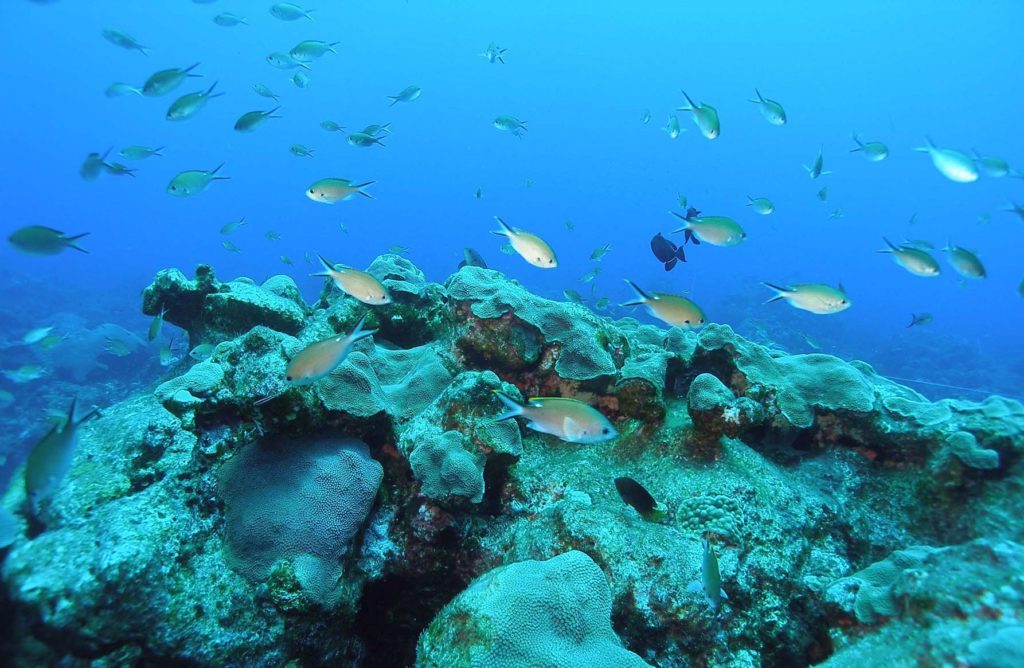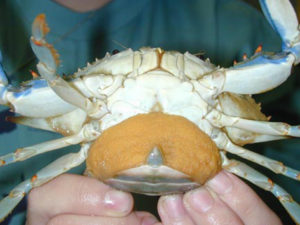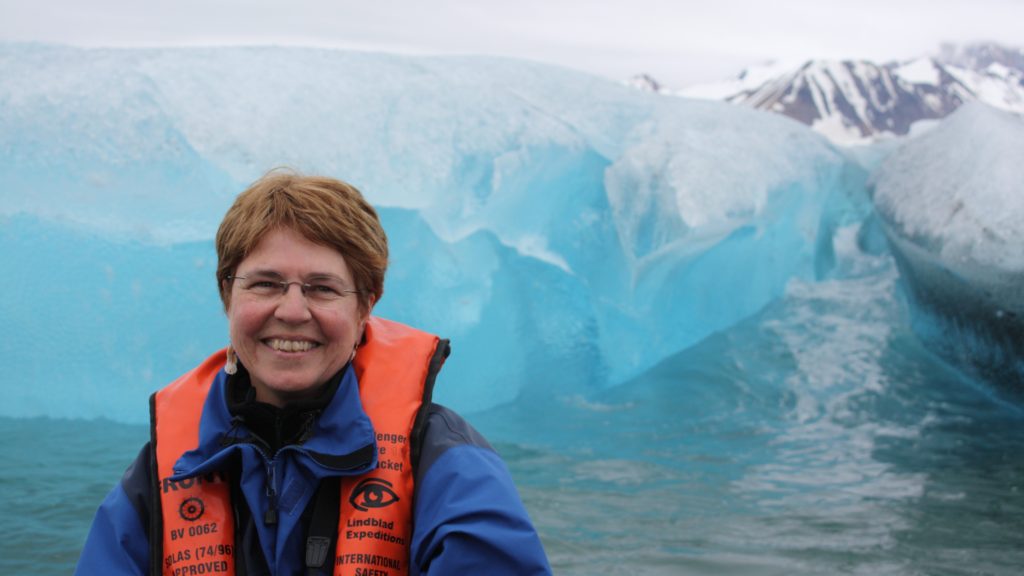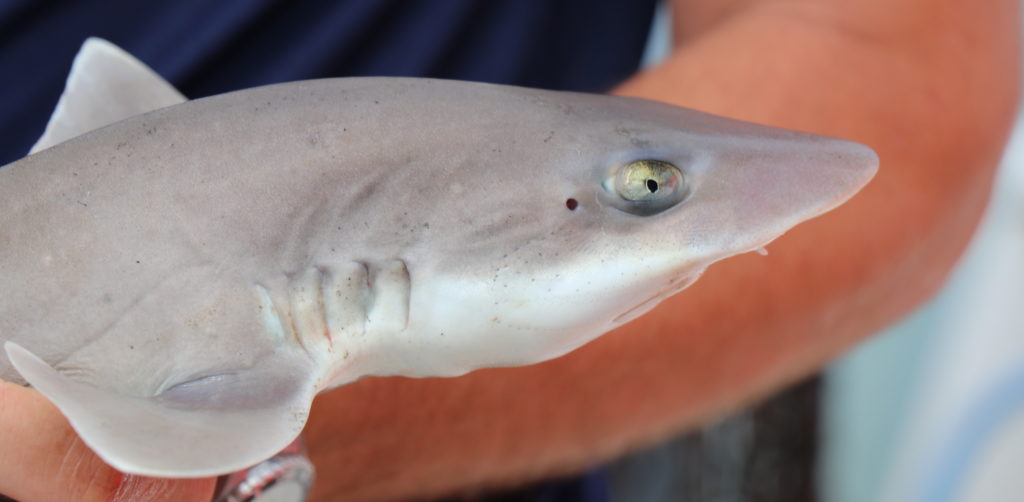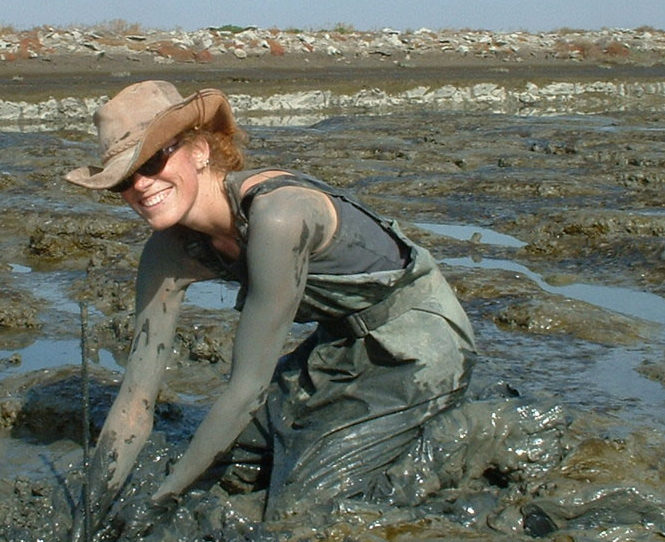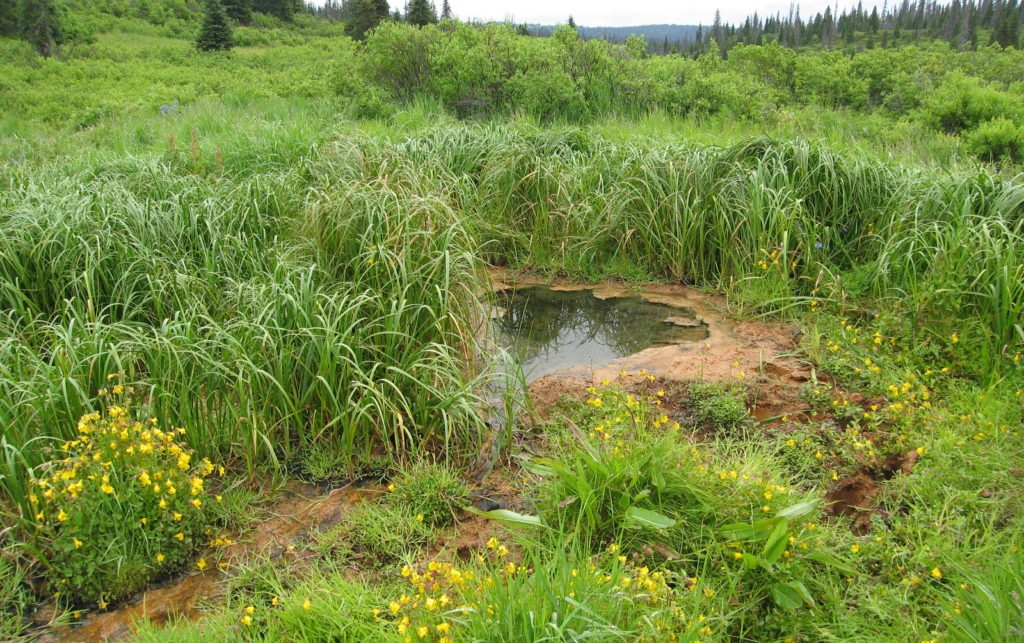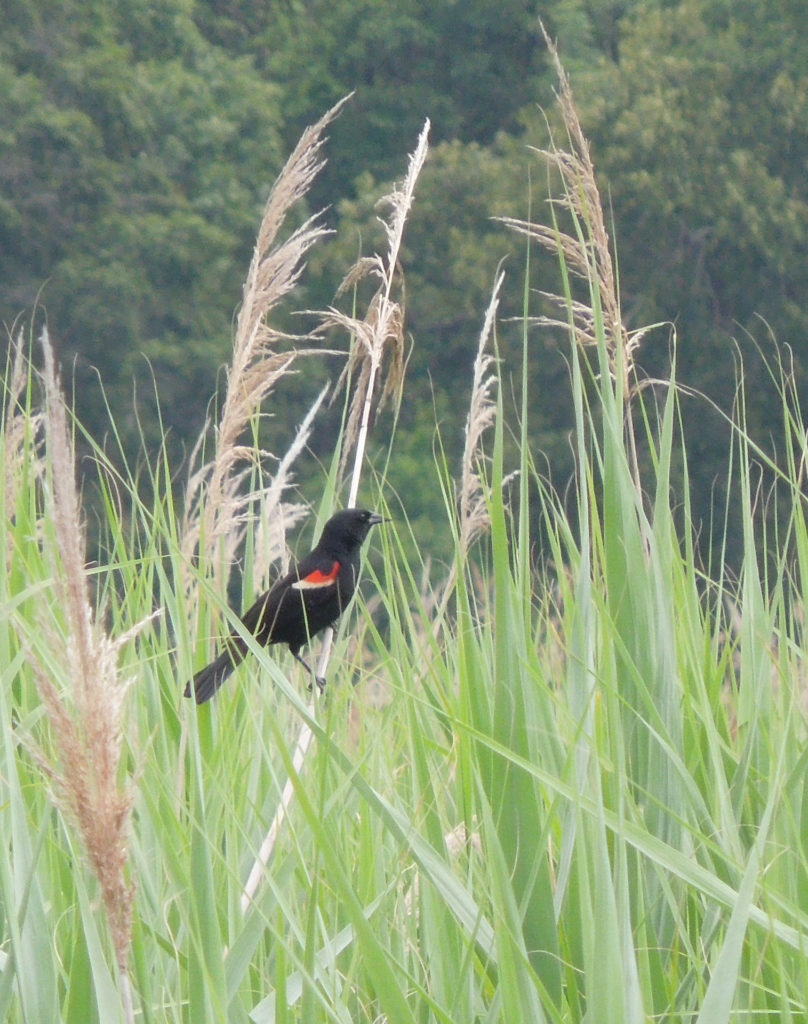by Alison Haigh
If there’s any constant in SERC research fellow Jason Thomas’ diverse career, it’s that he’s always looking for opportunities to learn something new. He’s a science teacher, and that’s one thing that brought him to education: It keeps him in a constant state of learning.
Originally, though, he wanted to be a doctor. After getting a bachelor’s in sociology and a post-baccalaureate in biology, he worked in a molecular lab analyzing octopus eyes, and then in a mosquito hatchery. He then got a medical doctorate—but after having trouble securing a residency, he found himself going back to school for a master’s in teaching.
“Once, someone called me ‘Graduation Jason’ because all I do is graduate,” Thomas joked. Now that he’s a science teacher at Browning High School in Long Beach, California, he’s helping his students graduate with the skills they need to pursue careers in STEM.
But even on his summer breaks, he’s still learning. This summer, the Smithsonian Environmental Research Center’s West Coast lab in Tiburon, California, hosted Thomas through the state’s STEM Teacher and Researcher (STAR) program. The program gives early-career science teachers authentic research opportunities. Now that he’s back at school in Long Beach, he’ll bring two summers of research experiences to inspire his students. Click to continue »

